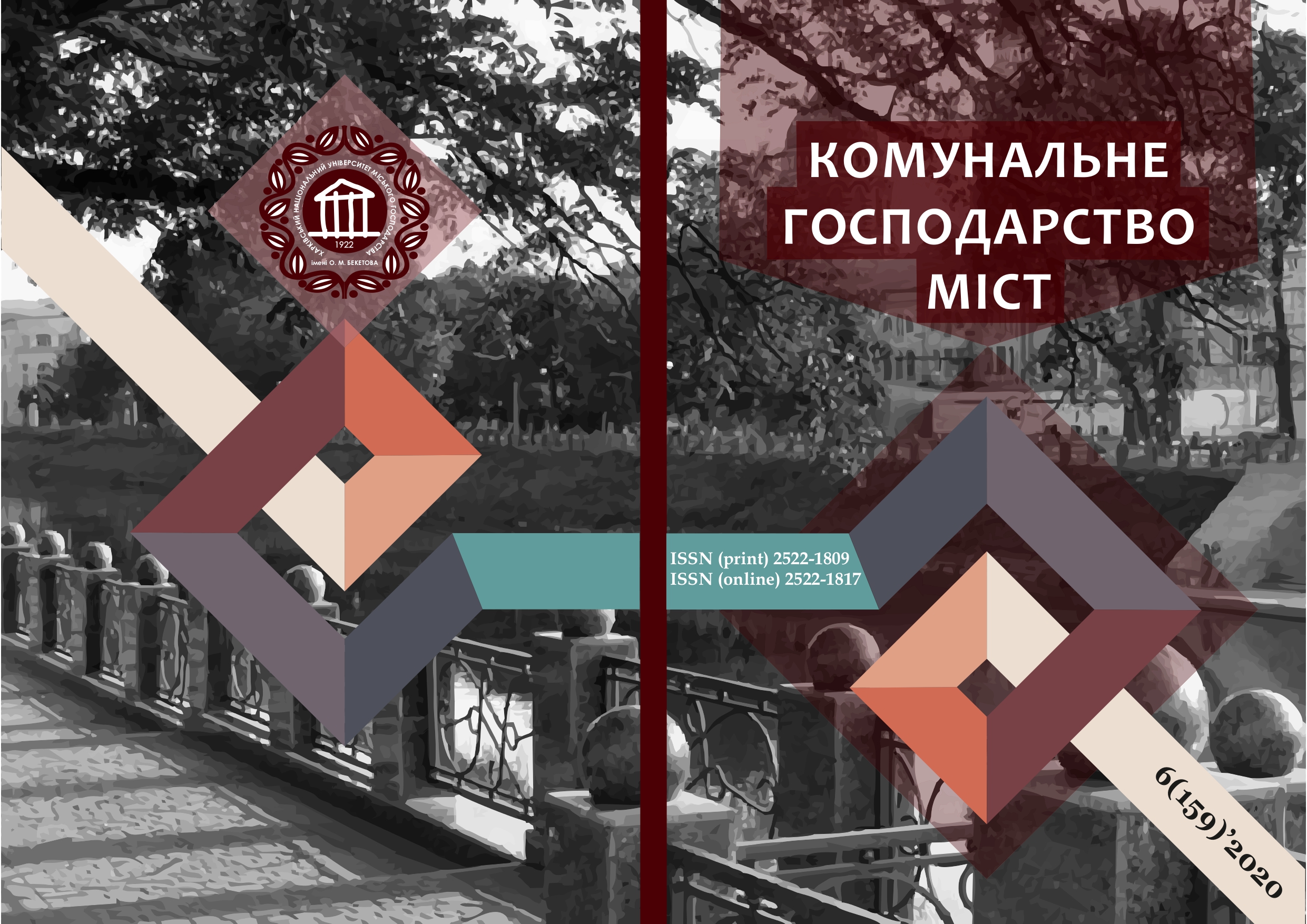THE LATEST TRENDS IN THE FORMATION OF THE ARCHITECTURE OF MODERN PUBLIC CENTERS IN A SUSTAINABLE DEVELOPMENT
Array
Keywords:
community center, architecture, shaping, multifunctional complex, modern techniques, public spaces, sustainable urban development, structurality, urban formationsAbstract
The article reveals the latest trends in the modern development of the architecture of public centers in large cities, innovative methods of formation in the urban environment, defines their specificity and requirements, analyzes the features, patterns and modern design solutions in conditions of sustainable development.
The relevance of this study is associated with the need for new systemic approaches in the formation of multifunctional facilities, taking into account modern urban planning concepts, which allow the formation of new types of public entities and become an important structural element of the urban environment.
Turning to foreign experience in organizing multifunctional public centers, one can find that the main components of the architectural formation are their urban planning and the spatial organization of a favorable architectural environment. It is important to note this aspect: for the formation of large public centers in conditions of sustainable development, the following main trends are characteristic: the formation of a developed spatial organization - an architectural and compositional formation. Also a bright architectural and artistic image - a dominant in the urban environment, integration into the natural landscape - ecological direction of sustainable development, effective functional zoning, well-developed engineering infrastructure and communications.
Thus, it has been determined that a multifunctional public center in the structure of a large city is a specific type of architectural object, which is formed into a single complex of spatial and planning elements that organize the core of the social and business life of this city.
References
2. Yu.M. Shkodovskyi, V.I. Kamenskyi (2011) Urbanistyka: Pidr. – Kh.: KhNUBA, 180 p.
3. Getun G.V. (2011) Architecture of buildings and structures: tutorial for the stud. of higher educ. inst. Book. 1: Design basics.: Kondor, 377 p.
4. Ezhov V.I., Ezhov S.V., Ezhov D.V. (2007) Architecture of public buildings and structures. – Kyiv: VISTKA, 380 p.
5. Linda S.M. (2010) Architectural design of public buildings and structures: tutor. Lviv: pub-house NU «Lvivska Politechnica», 608 p.
6. Yuzbashev V.G. (2007) Konkurs: instrukciya // Arhitekturnyi vestnik. – № 1(94). – Available at : http://archvestnik.ru/ru/magazine/894.
7. Ikonnikov A.(2006) Space and form in architecture and town-planning.: KomKniga, 352 p.
8. Shumakher, P. Parametrisn – New global style for archecture and urban design. – Available at : http://www.patrikschumacher.com/Texts/Parametric ism_Russian%20text.html
9. Molodkin S.A. Principy formirovaniya arkhitektury ehnergoehffektivnykh vysotnykh zhilykh zdanij : dissertaciya … kandidata arkhitektury : 18.00.02. – Moskva, 2007. – 143 s. – Available at : http://www.dissercat.com/content/printsipy-formirovaniya-arkhitektury-energoeffektivnykh-vysotnykh-zhilykh-zdanii3
10. Digital Bakery Vysokotekhnologichnaya arhitektura. – Available at : http://digitalbakery.ru/archive/architects
Downloads
Published
How to Cite
Issue
Section
License
The authors who publish in this collection agree with the following terms:
• The authors reserve the right to authorship of their work and give the magazine the right to first publish this work under the terms of license CC BY-NC-ND 4.0 (with the Designation of Authorship - Non-Commercial - Without Derivatives 4.0 International), which allows others to freely distribute the published work with a mandatory reference to the authors of the original work and the first publication of the work in this magazine.
• Authors have the right to make independent extra-exclusive work agreements in the form in which they were published by this magazine (for example, posting work in an electronic repository of an institution or publishing as part of a monograph), provided that the link to the first publication of the work in this journal is maintained. .
• Journal policy allows and encourages the publication of manuscripts on the Internet (for example, in institutions' repositories or on personal websites), both before the publication of this manuscript and during its editorial work, as it contributes to the emergence of productive scientific discussion and positively affects the efficiency and dynamics of the citation of the published work (see The Effect of Open Access).

